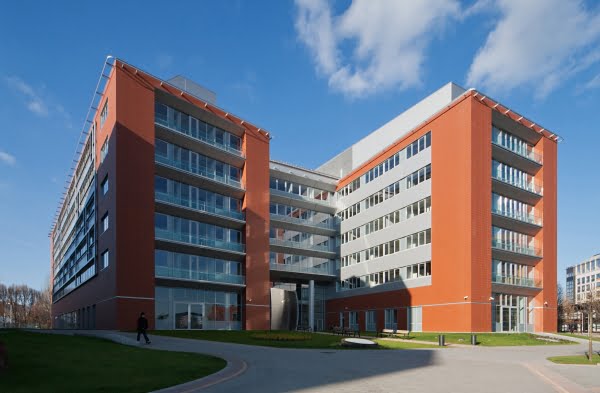Image source: http://www.ttk.mta.hu/
TTK, Budapest, Hungary
After the first meeting, different synthetic routes were planned to afford new viologens and anthraquinones derivatives. R&D team (Igor Derr and Juan Asenjo) visit TTK to check the new results. Promising results in the synthesis of various electrolytes were accomplished and now these materials must be tested in single-cell to corroborate the stability and efficiencies.
Viologens: Breaking the symmetry of the 4,4’-bipyridinium derivatives will increase the solubility and the stability avoid the formation of aggregates. Furthermore, different derivatives have been synthetized trying to analyze the effect of solubilizing groups in the stability.
Quinones: The synthesis of new quinone derivatives have been studied trying to use the RFB as an electrochemical reactor to afford the final redox active material directly in the battery.
Hydroquinone: These new catholytes could be used for the storage of two electrons in the catholyte for the first time in the literature.
The synthetized materials will be electrochemically evaluated using cyclic voltammetry and rotatory disk electrode measurements to calculate important parameters such as the redox potentials, the kinetic constants and the diffusion coefficients. Finally, other anolytes and catholyte synthesis were depicted as the following steps.
Acknowledgement:
This work was supported by the project: IPCEI_IE_FLOW_BESS_012021


